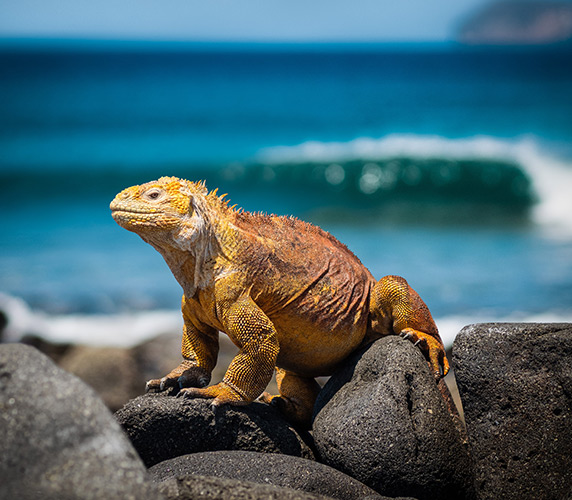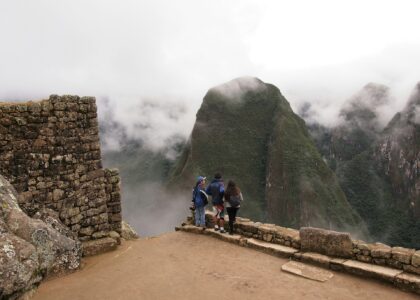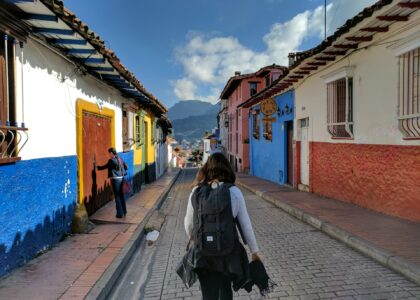The Galápagos Islands are one of the most unique wildlife destinations in the world. Located 600 miles off the coast of Ecuador, this volcanic archipelago is a living laboratory that inspired Charles Darwin’s theory of evolution. Home to hundreds of endemic species, pristine beaches, and surreal landscapes, the Galápagos promise an experience unlike any other.
If you’re dreaming of visiting these enchanted isles, this guide will help you plan your Galápagos wildlife adventure from the ground up—or sea level up!
Why the Galápagos Islands?
The Galápagos are special for one key reason: the wildlife here evolved in near-complete isolation. That means you can get incredibly close to animals that have little fear of humans. Think giant tortoises lumbering across trails, blue-footed boobies dancing for a mate, and marine iguanas sunbathing on volcanic rock.
It’s one of the few places in the world where the wildlife is as curious about you as you are about them.
Best Time to Visit the Galápagos Islands
December to May: Warmer weather, calmer seas, and great snorkeling conditions. This is mating season for many species.
June to November: Cooler, drier weather with nutrient-rich waters that attract larger marine life like whales and dolphins.
No matter when you visit, there will always be something incredible to see—but your choice may depend on whether you prefer marine life encounters or land-based wildlife behavior.
Top Wildlife Encounters
Giant Tortoises – Best seen on Santa Cruz or Isabela Island.
Blue-Footed Boobies – Found across many islands, especially North Seymour.
Galápagos Sea Lions – Everywhere! Watch them nap, play, and pose.
Marine Iguanas – The world’s only ocean-swimming lizard.
Frigatebirds – Males inflate their red throat pouch to impress females.
Bring your camera and a zoom lens—but don’t worry, the wildlife often gets so close you won’t need it!
How to Visit: Cruise vs. Island Hopping
Cruise-Based Tours: Offer access to more remote islands and diverse wildlife. Cruises range from budget to luxury and typically include naturalist guides.
Land-Based Tours: Stay on islands like Santa Cruz or San Cristobal and take day trips. A more budget-friendly and flexible option.
At Explorify Expeditions, we offer both options depending on your travel style and goals for your Galápagos wildlife adventure.
Conservation and Responsible Travel
The Galápagos are a protected UNESCO World Heritage Site. Travel here comes with responsibility:
Follow all park rules and naturalist guide instructions.
Stay on designated trails.
Never touch or feed the wildlife.
Choose operators that prioritize sustainability and conservation.
When done responsibly, your visit helps fund conservation efforts and supports the local economy.
Packing Tips for the Galápagos Islands
Lightweight, quick-dry clothing
Sturdy walking shoes and water shoes
Reef-safe sunscreen and bug spray
A good underwater camera or waterproof case
Dry bags for boat excursions
Ready for the Ultimate Galápagos Wildlife Adventure?
Whether you want to snorkel with sea lions, walk among nesting birds, or witness the slow majesty of a giant tortoise, the Galápagos will leave you changed.
Let Explorify Expeditions help you plan the perfect Galápagos trip—sustainable, memorable, and filled with once-in-a-lifetime encounters.
Contact us to start designing your custom itinerary today.






